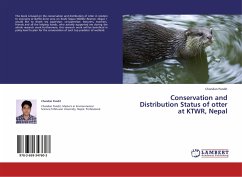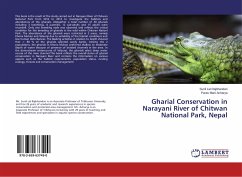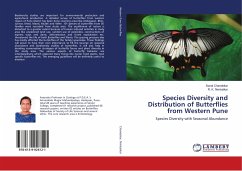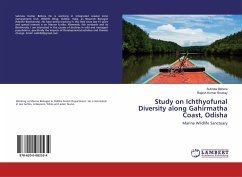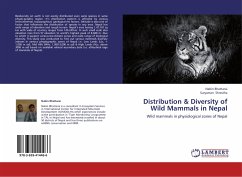
Distribution & Diversity of Wild Mammals in Nepal
Wild mammals in physiological zones of Nepal
Versandkostenfrei!
Versandfertig in 6-10 Tagen
27,99 €
inkl. MwSt.

PAYBACK Punkte
14 °P sammeln!
Biodiversity on earth is not evenly distributed even same species in same physio-graphic region. It's distribution pattern is affected by various environmental, topographical, geological etc factors. Altitude is also one of factor that influences the distribution of species in any area. Nepal has wide range of elevation and rough terrain. Nepal's area having 1,47,181 sq km with wide of country ranges from 145-241km. In such small scale also elevation rises from 57 elevation to world's highest peak of 8,848 m. Due to which it support various bio-climatic zones and wide range of biological diver...
Biodiversity on earth is not evenly distributed even same species in same physio-graphic region. It's distribution pattern is affected by various environmental, topographical, geological etc factors. Altitude is also one of factor that influences the distribution of species in any area. Nepal has wide range of elevation and rough terrain. Nepal's area having 1,47,181 sq km with wide of country ranges from 145-241km. In such small scale also elevation rises from 57 elevation to world's highest peak of 8,848 m. Due to which it support various bio-climatic zones and wide range of biological diversity. This study was conducted to find out various mammals diversity indexes in various physiographic zones of Nepal i.e. Low Lands (LLs, < 1,000 m asl), Mid Hills (MHs, 1,000-3,000 m asl) & High Lands (HLs, above 3000 m asl) based on available related secondary data (i.e. altitudinal rage of mammals of Nepal).




